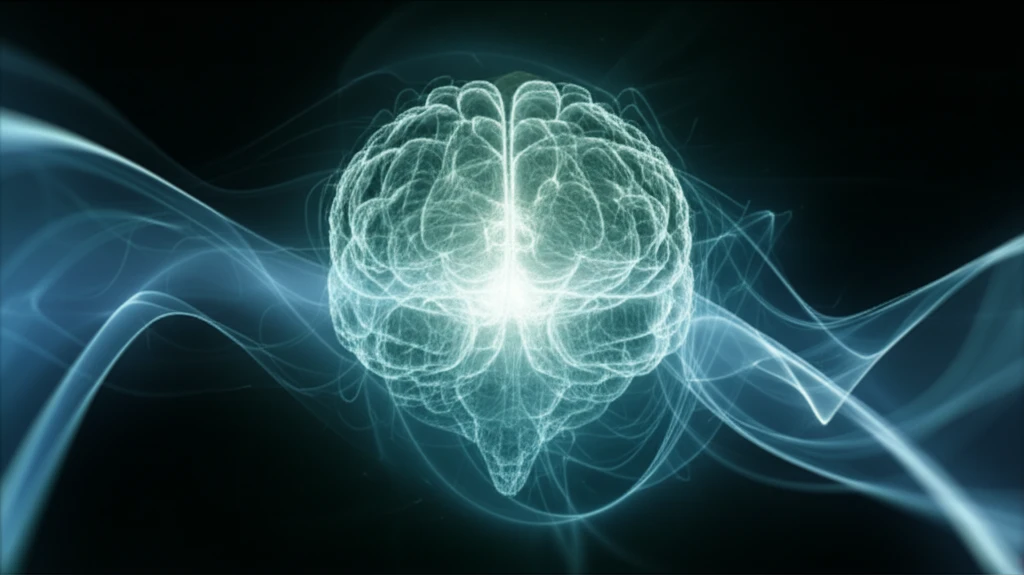
Struggling with Depression? High-Frequency vs. Low-Frequency rTMS: Which One is Right for You?
"A meta-analysis reveals that both high-frequency and low-frequency rTMS offer similar benefits in treating major depressive disorder, but understanding the nuances can help personalize treatment."
Transcranial magnetic stimulation (TMS) is emerging as a non-invasive beacon of hope for individuals grappling with major depressive disorder (MDD). This innovative technique employs magnetic pulses to gently stimulate nerve cells in the brain, offering a potential pathway to alleviate depressive symptoms without the systemic side effects often associated with medication.
Within the realm of TMS, two primary protocols have garnered considerable attention: high-frequency (HF) rTMS, typically applied to the left dorsolateral prefrontal cortex (L-DLPFC), and low-frequency (LF) rTMS, often directed at the right DLPFC (R-DLPFC). While HF-rTMS has been a more traditional approach, LF-rTMS is increasingly recognized for its comparable, and potentially superior, efficacy. This has sparked a vital question: Which protocol offers the most significant benefit for those battling MDD?
To shed light on this question, a comprehensive meta-analysis was conducted, meticulously comparing the effectiveness of HF-rTMS and LF-rTMS in treating MDD. By synthesizing data from multiple randomized, double-blind trials, this analysis aimed to provide clarity and evidence-based insights into optimizing rTMS therapy for individuals seeking relief from depression.
Decoding rTMS: How High-Frequency and Low-Frequency Stimulation Work

To fully understand the implications of this meta-analysis, it’s important to grasp the fundamental differences between HF-rTMS and LF-rTMS and how they interact with brain activity. The core principle of TMS lies in its ability to induce electrical currents in specific brain regions through magnetic pulses. These currents can then either excite or inhibit neuronal activity, depending on the stimulation parameters.
- High-Frequency rTMS (HF-rTMS): Typically involves delivering pulses at a rate of 5 Hz or higher to the left DLPFC. This is thought to stimulate activity in this area, encouraging it to become more active and engaged.
- Low-Frequency rTMS (LF-rTMS): Involves delivering pulses at a rate of 1 Hz or lower to the right DLPFC. This is thought to calm down overactivity in this region.
Personalizing rTMS: The Future of Depression Treatment
While this meta-analysis offers valuable insights, it also underscores the need for personalized approaches to rTMS therapy. Factors such as individual brain connectivity, genetic predispositions, and specific symptom profiles may influence treatment response. Future research should focus on identifying biomarkers that can predict which patients are most likely to benefit from HF-rTMS, LF-rTMS, or other emerging stimulation protocols. By tailoring treatment to the individual, we can unlock the full potential of rTMS and offer more effective, targeted relief for those living with depression.
